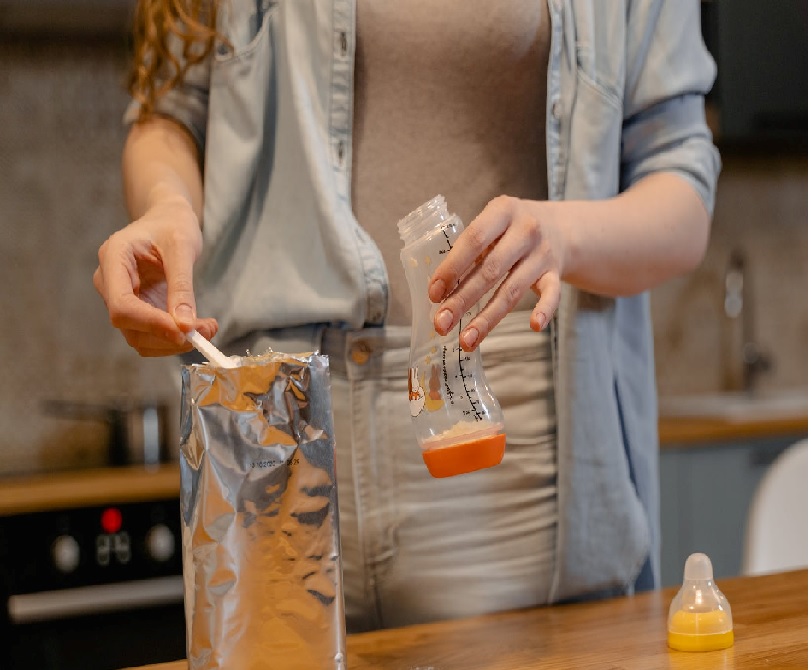It would seem that there is nothing easier than feeding a newborn: give a breast or a bottle of formula, and it’s done. However, every new mom knows that the topic of feeding a baby who has just been born is one of the most difficult ones in parenthood. What? Where? When? How and how much? – These are the most common questions among new parents. And we will try to give as much detailed information as possible about the essential aspect of human life – a newborn’s first food.
Start with a hygiene routine
The baby’s digestive system is still very delicate, as, indeed, is the whole body. Therefore, it is especially important to follow hygiene rules when preparing food for the baby. Before you start, wash your hands thoroughly. Don’t forget about frequent cleaning the bottle and pacifier.
Their cleanliness is as important as the personal hygiene of the mother. Always wash and sterilize bottles and pacifiers thoroughly, especially before first use, so no germs get close to the baby.
Use only quality and clean water
Quality water – is the basis of everything. If you are confident in tap water quality, you can use it (although it is always better to be reinsured and first do a water quality-check). If not, you’ll have to buy it. Just do not buy highly mineralized water. The baby’s body can not simply cope with it. In addition, such water may change the composition of the formula, each ingredient of which is carefully selected so as to bring it as close as possible to breast milk.

Prepare the formula strictly following the instructions
Firstly, measure the amount of water defined in the instructions on the formula box and pour it into a clean bottle. Then use a measuring spoon to take the amount of powder you need and pour it into the water. Close the bottle and shake well to make sure there are no lumps.
Measure the formula only with the spoon provided, and be sure to remove the excess. There is no need to dilute the powder thicker. What you can do is strictly follow the rules. Otherwise, you can break the ratio of ingredients resulting in digestive issues in babies.
Always check the temperature of the formula
The formula should be slightly warm, about your body temperature, just like breast milk. To check the temperature, put a few drops on the back of your wrist. Is it not hot? Then you can feed your baby.
Formula composition
Besides the basic daytime feedings routine, an essential role in a baby’s well-being plays the choice of infant formula and its composition. The composition of the milk formula depends on the baby’s age. The older the baby is, the more nutrients and milk protein the product contains. That’s why manufacturers always indicate the formula stage according to the infant’s age. Talking about nutrients, parents should discuss with the pediatrician what milk basis in the formula is preferable for their little one to determine the infant’s nutritional needs and individual intolerances.
Often goat’s or cow’s milk is the basis for baby formula, and European organic brand Holle offers both options for their customers. The company produces baby food, which has occupied a leading position in the global market of such products for more than a decade. The company’s specialists are engaged in researching and creating safe and well-tolerated Holle formula for infants.





